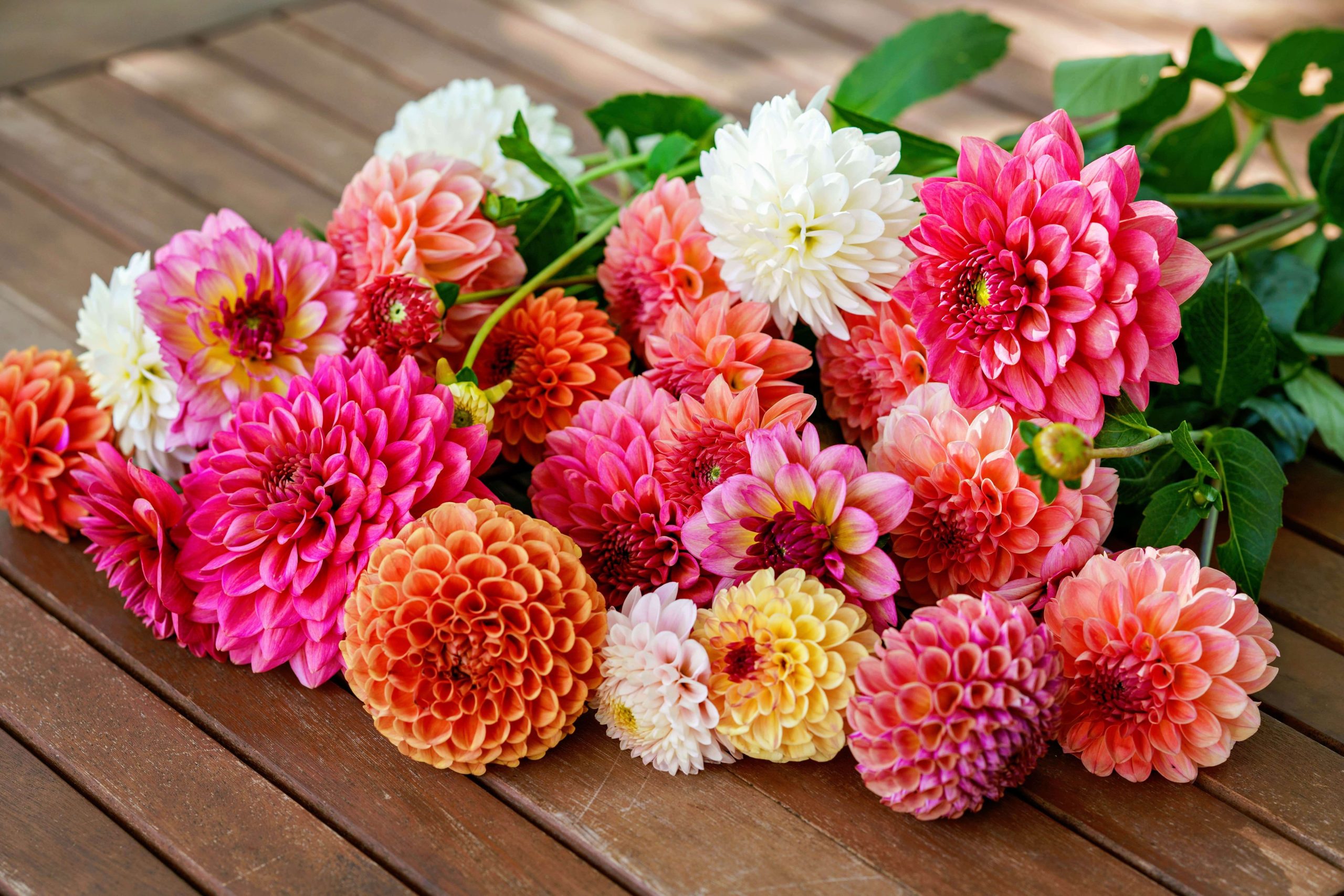Cultural Significance: How Different Cultures Use Flowers in Rituals and Celebrations

Flowers have been an essential part of human culture for millennia, transcending borders and time to convey deep symbolic meaning across various societies. Their delicate beauty, vibrant colors, and evocative fragrances make them powerful symbols in rituals, celebrations, and daily life. Whether representing love, purity, spirituality, or mourning, flowers communicate emotions and ideas in ways that words often cannot. From the sacred lotus of ancient India and the cherry blossoms of Japan to the roses of the West and marigolds of Mexico, each bloom carries its own story, reflecting the unique values, beliefs, and traditions of the cultures that revere them. Through these botanical symbols, humanity connects with nature, the divine, and one another, making flowers not just decorative but profound messengers of life’s most important moments.
- Hindu Culture
- Worship and offerings. Flowers play a key role in Hindu rituals. They are offered to deities in temples and home shrines as a symbol of devotion. The lotus flower, in particular, represents purity, beauty, and spiritual awakening.
- Festivals. During Diwali, fresh marigolds are often used to decorate homes and create garlands, as marigolds are associated with auspiciousness.
- Weddings. Jasmine and roses are common in wedding garlands (known as jaimala) exchanged between the bride and groom to symbolize love and acceptance.
- Japanese Culture
- Ikebana. The Japanese art of flower arrangement, Ikebana, focuses on balance, harmony, and minimalism. It’s not just about decoration but also about appreciating the process and expressing inner peace.
- Hanami. During spring, cherry blossoms (sakura) bloom and symbolize the transient nature of life. Hanami is the traditional custom of enjoying the beauty of sakura flowers, often accompanied by picnics under the trees.
- Funerals. Chrysanthemums are traditionally used in funerals and gravesites in Japan, symbolizing death and mourning.
- Mexican Culture
- Día de los Muertos (Day of the Dead). Marigolds (cempasúchil) are a vital part of this celebration, where they are believed to help guide the spirits of the deceased back to the world of the living. These vibrant flowers are placed on altars and graves.
- Weddings. Flowers are used to decorate churches and homes during weddings, with white flowers often symbolizing purity and new beginnings.
- Chinese Culture
- Chinese New Year. Flowers like plum blossoms and peonies are symbolic of wealth, prosperity, and good fortune. Orchids and peach blossoms are also used to celebrate new life and vitality.
- Weddings. Red flowers, especially roses and peonies, are often used at weddings since red is considered the color of luck and joy.
- Funerals. White flowers, particularly lilies and chrysanthemums, are often used in Chinese funerals as symbols of mourning.
- Ancient Egyptian Culture
- Funeral rites. In ancient Egypt, flowers like the lotus were deeply symbolic, representing rebirth and eternal life. They were often placed in tombs and used to honor the dead.
- Religious offerings. The lotus flower was sacred to the gods and was frequently depicted in art and architecture as a symbol of creation and purity.
- Hawaiian Culture
- Lei tradition. Hawaiians create leis, which are garlands of flowers worn during celebrations or given as a sign of affection and honor. Plumeria, orchid, and hibiscus flowers are commonly used in leis for graduations, weddings, and other celebrations.
- Hula dances. Flowers are also an important part of traditional hula dance attire, symbolizing nature and the spiritual connection between the dancer and the environment.
- Greek and Roman Cultures
- Mythology and deities. Flowers like roses, lilies, and violets were often associated with gods and goddesses. For example, the rose was linked to Aphrodite, the goddess of love, while laurel wreaths made from leaves and flowers were worn by victors in athletic and military achievements.
- Funerals. In ancient Rome, flowers were used to decorate tombs and graves during funeral rites to honor the dead.
- Native American Cultures
- Spiritual ceremonies. Many Native American tribes use flowers and plants in rituals to honor the earth and the spirit world. Wildflowers and medicinal plants are used to create healing bundles, as well as offerings during ceremonies and dances.
- Symbolism. Different flowers carry distinct meanings. For example, sunflowers are often seen as symbols of life, harvest, and bounty.
- European Cultures
- Christian rituals. Flowers are an integral part of Christian ceremonies, including Easter and Christmas. Lilies symbolize resurrection and purity and are often used in churches during Easter to celebrate new life.
- Weddings and funerals. Roses, especially white and red, are commonly used in weddings to symbolize love and purity, while lilies and chrysanthemums are often associated with funerals as symbols of peace and mourning.
- Middle Eastern Culture
- Persian traditions. Flowers like roses hold deep significance in Persian culture. They are central to many poems and stories, symbolizing love, beauty, and spirituality. During festivals like Nowruz (Persian New Year), flowers are used to decorate homes and altars.
- Weddings and celebrations. Flowers are also used in weddings and festive events to create an atmosphere of beauty and joy.
- African Cultures
- Spiritual and healing practices. In some African cultures, flowers and herbs are used in rituals to promote healing, communicate with ancestors, and invite blessings. For example, the baobab flower is significant in many African myths and traditional healing practices.
- Celebrations. Flowers are used to decorate homes and ceremonial spaces during special events like weddings, births, and coming-of-age celebrations.
Across the world, flowers are not only admired for their beauty but are deeply woven into the cultural fabric of rituals and celebrations, symbolizing everything from love and renewal to death and mourning.
